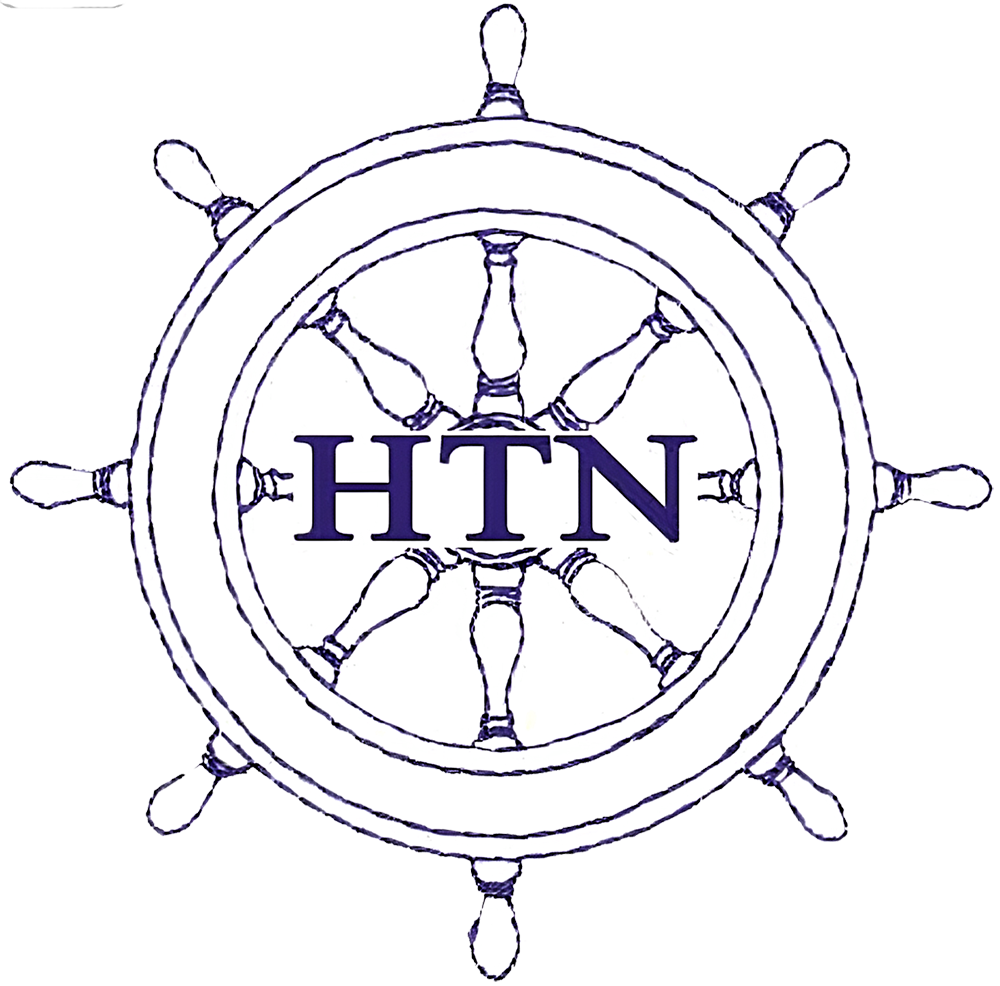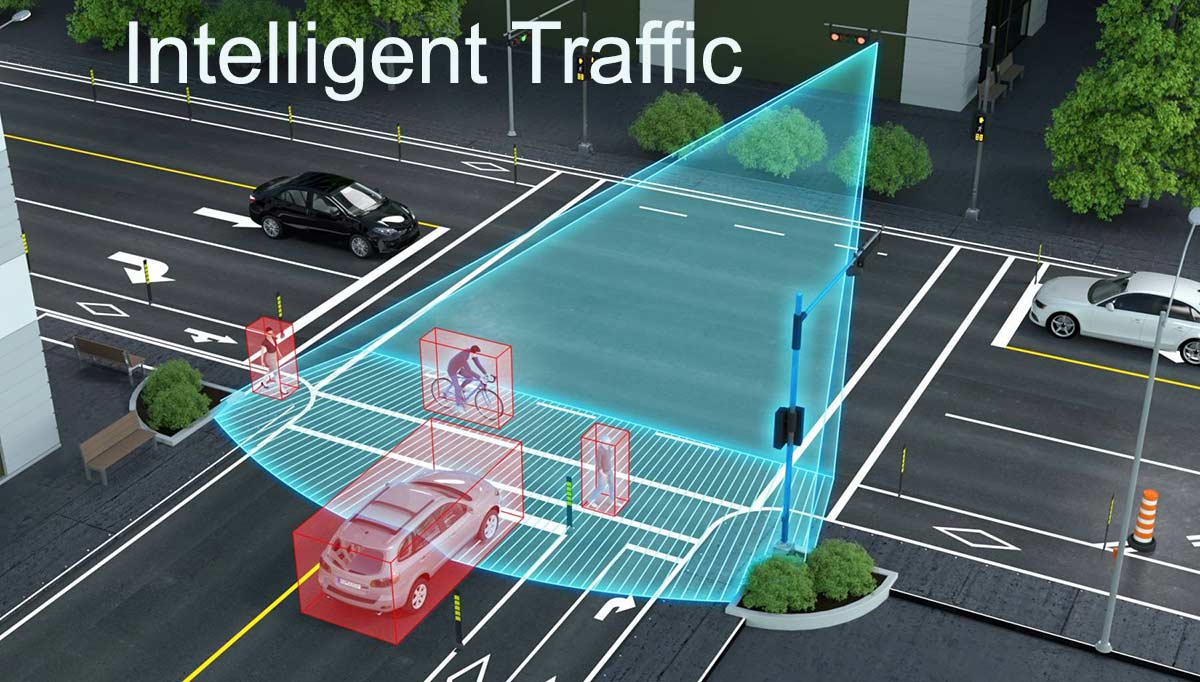As you know, today, the problem of urban traffic and moving around in heavy traffic, especially during peak traffic hours, is a major problem for all cities around the world. Meanwhile, these traffic jams are getting heavier and more crowded day by day with the increase in the urban population. It is interesting to know that in developing countries, people adjust their time according to the long hours they spend in traffic. Therefore, city planners and officials are trying to use technology and artificial intelligence to reduce the amount of traffic and, consequently, traffic problems and set up an intelligent traffic control system.
Intelligent traffic control system
The important thing is that the intelligent traffic control system alone is not enough to solve the traffic problem. A complete analysis of the situation shows that public awareness, appropriate traffic policies for a smart city and solutions compatible with the city’s driving culture are all important in reducing the volume of urban traffic.
Of course, every smart city has a unique infrastructure to deal with its urban traffic volume. Therefore, every city solves the traffic problem in different ways.
In this article, we will tell some interesting facts about technology and traffic in different cities worldwide.
Negative effects of urban traffic
It is good to know that the negative effects of urban traffic congestion in different physical, mental and emotional aspects are very high. Research shows that a person who spends an hour daily in traffic suffers from high stress, irritability and discomfort. As a result, these mental disorders lead to weight gain and high blood pressure in many people, which undoubtedly destroys a person’s overall health. In addition to what was mentioned, health problems caused by noise pollution and air pollution caused by urban traffic is other separate issue that can endanger the health of a wide range of people. One of the best solutions to reduce traffic volume is using intelligent traffic control systems in urban equipment.
Evaluating the effects of urban traffic conditions
In 2012, the Grattan Institute published a report on social cities. In this report, there is a direct connection between traffic congestion and social isolation. Although at first glance, these two issues do not seem to be directly related to each other, in this report, it has been proven that the more time is spent in traffic, the less time is left for family and friends. stayed
One analysis in this report shows that every 10 minutes of commuting time removes 10% of opportunities for social interaction. Another different study estimates that 10% of working parents spend more time traveling to work than they do with their children.
With the increase in the number of private vehicles, people usually spend more time in their vehicles listening to music, radio, or other similar things. As a result, they become isolated over time and cannot communicate well with family and society. Using an intelligent traffic control system in traffic equipment makes it possible for us to spend more time with family.
Possible ways to solve the traffic problem
Do not forget that traffic congestion is not a problem that can be eliminated with a direct solution such as an intelligent traffic control system. Inefficient parking systems, the uncontrollable influx of vehicles during peak hours, and poor traffic control systems are all factors that combine to cause traffic congestion. Fortunately, there are ideas that specifically address each of these factors and problems.
For example, smart parking systems and mobile phone applications are useful ideas. This way, the mobile phone can collect data from smart parking systems and suggest the available parking spaces to the driver. As a result, this will reduce the time the driver spends looking for a parking space and reduce the traffic congestion on the streets to some extent.
Driverless cars
Another suitable solution is driverless automatic cars. Cars will become common in cities in the near future and will be very effective in reducing traffic congestion and solving traffic problems. In fact, these automatic cars drive along the roads with regular and planned movements and make us face an organized system that causes a favorable traffic flow instead of traffic congestion. It should be noted that many cities around the world have found appropriate and smart solutions to solve the traffic problem, which are significant. The best solution is to use an intelligent traffic control system.
Organize and manage city traffic with an intelligent traffic control system.
Pittsburgh, a city in Pennsylvania in the United States, has changed the concept of traffic systems by combining intelligent traffic technology and artificial intelligence (intelligent traffic control system). This new technology has effectively reduced 25% of commuting time and 40% of urban traffic congestion.
The idea of this smart technology belongs to Professor Stephen Smith, a robotics professor at Carnegie Mellon University. He started an intelligent system called Surtrace Systems to deal with the traffic problems of Pittsburgh. This intelligent system detects traffic flow at city intersections with the help of radar sensors and fixed cameras. Radars collect specific information from traffic patterns and artificial intelligence tables, and this information easily controls traffic flow. In 2016, this smart management system was installed and launched in 50 main areas of Pittsburgh. This intelligent traffic control system is now expanding to other parts of the city.
Urban traffic management
Urban traffic management in China
Fujian is a city in China that has managed the city’s traffic systems using new strategies. In fact, Fujian city started the smart city transportation strategy in 2014 with the cooperation of the Fujian University of Technology. In this way, the university hired Dell services to provide them with the appropriate cloud platform and store the road information on it. Therefore, the operation of storing this big data was started by the Dell cloud platform. So that it provided traffic information quickly and continuously.
120,000 public vehicles in Fujian province were programmed to automatically transmit information about their position and speed to the management system every 30 seconds through GPS devices. In addition, the traffic lights in each area were equipped with cameras so that they could track the driving patterns of vehicles.
Finally, all this information and data were collected to be used in making strategic policies for intelligent traffic control systems to deal with urban traffic congestion.
Urban traffic management in China
Does being smart always mean using high technologies? Shouldn’t we use some small transportation options to build a better future?
“Bicycle” can be mentioned as one of the healthiest options for moving around the city. It is easy to see the benefits of using a bicycle in the top 10 cities in the world, where more than a quarter of the population reaches their destination by bicycle on a daily basis. They even prefer to travel around the city by bike because they are well aware of the benefits of cycling.
When we talk about bicycles, without a doubt, the city of Copenhagen (Denmark) appears in the minds of many people. This city has the highest number of cyclists among cities in the world. It is interesting to know that this city’s health department saves about 261 million dollars annually from its cyclist population and spends it on building better and safer infrastructure for cyclists.
Bicycle city of the world
The city of Copenhagen nominated 136 cities in the world for the 2017 bike-friendly global ranking. This ranking was based on three parameters:
People’s awareness of the ability of bicycles as a suitable option for transportation
Investing in better and safer infrastructure for cyclists
Desire to build better cities
The top ten cities in the world for cycling are:
Copenhagen (Denmark), Utrecht (Netherlands), Amsterdam (Netherlands), Strasbourg (France), Malmö (Sweden), Bordeaux (France), Antwerp (Belgium), Ljubljana (Slovenia), Tokyo (Japan), and Berlin (Germany).
Don’t forget that traffic management and control do not mean managing more cars at a certain time, but managing more and better people on the roads at a certain time. Moreover, technology is never the only solution to traffic control, but a significant development that helps to make our cities and lives better and healthier.
Reference
smartcity. (2018, August 9). Smart Technology For Traffic Control – Consideration On The Key Concepts. Smartcity. Retrieved February 1, 2023, from https://smartcity.press/smart-cities-with-smart-traffic-control-technology/



